Rail reform must help business keep expansion on track, says Chris Swan, Head of Rail for Tarmac
As government reflects on the responses to its rail reform consultation, it’s an appropriate moment for all businesses that move goods by rail to consider their operations and the potential opportunities and constraints of a future operating environment.
Rail reform must help business keep expansion on track, says Chris Swan, Head of Rail for Tarmac
As government reflects on the responses to its rail reform consultation, it’s an appropriate moment for all businesses that move goods by rail to consider their operations and the potential opportunities and constraints of a future operating environment.
At Tarmac, we transport essential aggregates and cement from over 50 sites. Rail freight is by far the lowest-carbon and most efficient way of connecting quarries and cement plants (the engine rooms of our business) with the materials needed to deliver new homes and schools, and the mega-infrastructure projects that underpin national growth.
We can take our materials from the rural Peak District, and with dedicated rail flow from our plant in Tunstead (near Buxton) we can ensure that materials are available in major urban centres.
We use our rail-led supply chain to ensure that we provide our customers with services and solutions. We would love the opportunity to expand on this and move even more material from even more locations by rail. But to do this, we need a supportive rail environment from both the national infrastructure provider and our suppliers.
Government has put the construction of 1.5 million new homes during this Parliament and major energy infrastructure as central pillars of its growth missions.
To address the needs of this growth agenda, our industry will need to deliver increased tonnages of construction materials. This is a massive opportunity for the rail freight sector to be a key enabler, to provide these important materials and deliver the policy goals.
Energy transition and cutting carbon emissions also remain central to the government’s mission. The UK rail-led supply chain can continue to play its part in the decarbonisation of transport, and freight trains have already cut carbon by 70% compared with road transport.
Our default starting position at Tarmac, when considering how we can supply materials and solutions for the construction of a new major infrastructure project, is to understand what is the rail freight opportunity: is there a way to unlock new flows and what railheads will be required?
A supportive policy environment against the backdrop of rail reform will require the right safeguards and frameworks in place, to ensure that the potential for rail freight growth in the UK can be delivered in practice.
To continue to invest in rail freight, our sector will need greater certainty around its ability to operate the trains we have, and the network capacity available in the future.
Rail reform and the future Railways Bill will therefore require careful consideration. And of course, government must strike a balance to provide value for the taxpayer and support its growth ambitions, while delivering for passengers and industry.
There are some practical issues that need to be considered before the passing of the Bill, and it is very welcome that the Transport Secretary intends to include a duty to promote freight.
However, we would like to see the vision and six objectives for Great British Railways (GBR) ensure that these encompass rail freight and its broad socio-economic benefits.
It is important that a future Bill recognises that everyone in the UK is a customer of goods that are transported by rail freight - including people who never use the railway as passengers. So, rather than an exclusive focus on passengers, ‘customers’ would be a better description in the future legislation.
There is a need for rail freight targets and incentives, and a dedicated rail freight strategy, to be on the face of the Bill.
Given the challenges of the construction sector, this can vary with projects and regional growth over the years, so it is crucial we have an agile railway capable of delivering for customers in this way.
It is important that there are safeguards for protecting freight terminals, and an easier environment for us to develop even more. To support the sustainable growth of our cities and to move materials in the most low-carbon way, our industry will continue to need freight terminals in urban locations.
The proposed new timetable design process also requires considerable attention, to ensure that the very different requirements of a freight timetable are factored in and not left as a secondary factor. The rights of freight customers must be protected and not relegated under the new regime.
Freight trains operate in response to customer demand, linked closely to the customer’s wider supply chain requirements and the economic demand for goods.
While many services will also operate in a consistent long-term pattern, there is far greater volatility with new services starting to meet customer needs, seasonal variation, and service change in response to economic changes. Any new access regime must therefore be able to support freight customers with long-term certainty but also flexibility.
Rail freight in the UK is a success story. At Tarmac, the evolution of our network is an example of the economic and environmental opportunities that can be created by continued investment in rail.
While UK cities are engines for national growth, they need new homes and economic infrastructure to truly fulfil this mission.
The essential materials that shape these projects will come from quarries and plants that for decades (and in some cases centuries) have shaped the fabric of our built environment.
Collectively, there is an opportunity with rail reform to ensure that we continue to connect this manufacturing heritage with the growth of our cities and delivery of critical infrastructure projects in the most sustainable way.
Login to continue reading
Or register with RAIL to keep up-to-date with the latest news, insight and opinion.

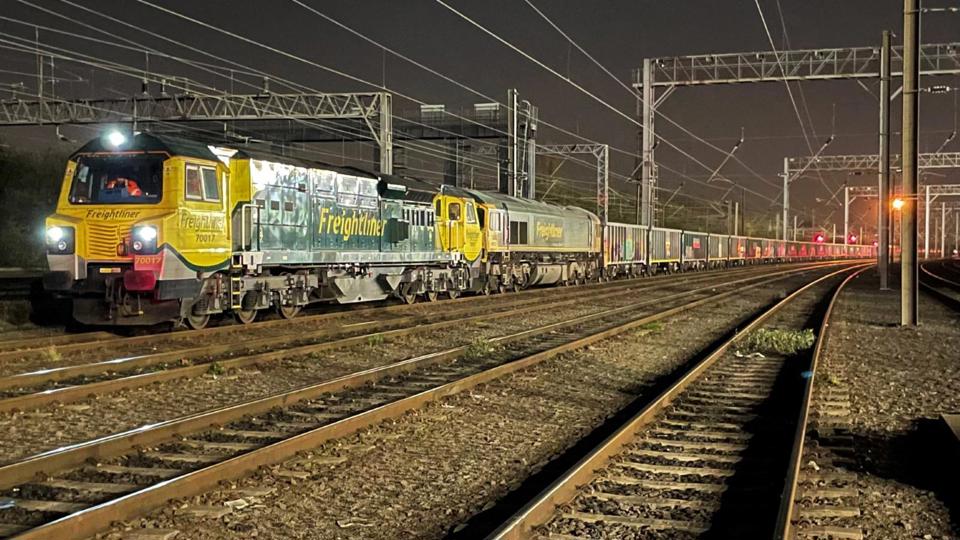

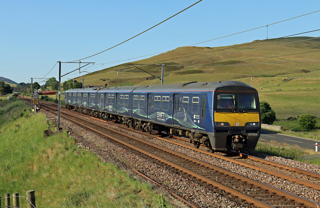
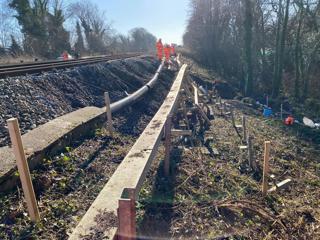
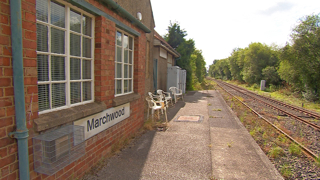
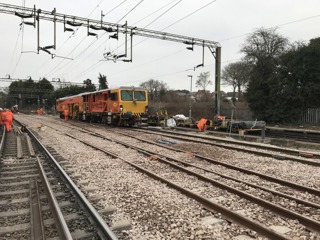
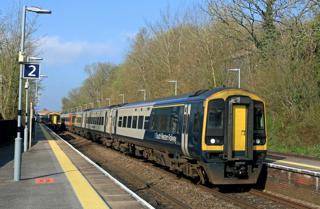
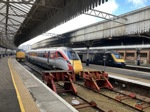
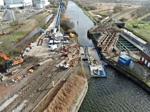
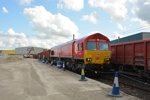
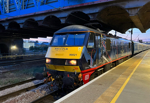
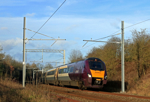
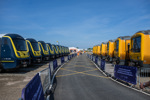



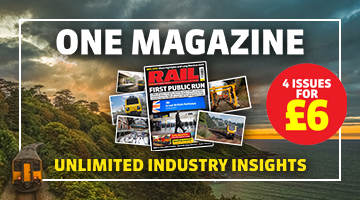


Login to comment
Comments
No comments have been made yet.